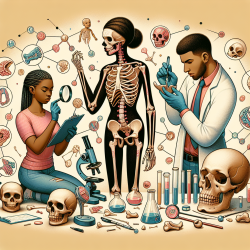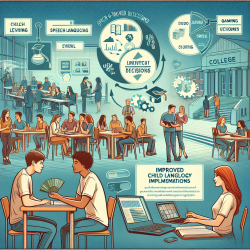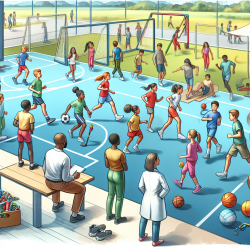Introduction: A New Lens for Forensic Anthropology
Forensic anthropology has traditionally focused on hereditary and individual behaviors to interpret biological variations. However, a groundbreaking approach is shifting this focus towards understanding the social, political, economic, and environmental determinants of health. This new perspective, known as the Structural Vulnerability Profile (SVP), aims to incorporate social inequities into forensic analysis, providing a more comprehensive understanding of human variation.
Understanding the Structural Vulnerability Profile (SVP)
The SVP is akin to the Structural Vulnerability Assessment Tool used in medical anthropology. It involves examining skeletal and dental biomarkers indicative of social inequity, which are the lived experiences of social marginalization that leave traces on hard tissues. This approach enables forensic anthropologists to reconstruct the lived experiences of individuals more sensitively.
Why the SVP Matters
Incorporating the SVP into forensic anthropology allows practitioners to move beyond biologically deterministic interpretations. It emphasizes the importance of understanding the social structures that contribute to health disparities. By focusing on the 'upstream factors' that shape human variation, forensic anthropologists can better identify and interpret the lived experiences of marginalized individuals.
Practical Applications of the SVP
The SVP provides forensic anthropologists with a tool to assess skeletal and dental markers of inequity. These markers, such as dental pathological conditions, enamel defects, and craniofacial asymmetry, can be evaluated in collaboration with medical or cultural anthropologists. This interdisciplinary approach helps identify the social forces contributing to poor health and early death.
- Dental Pathological Conditions: Indicators of lack of access to dental care, often linked to poverty.
- Enamel Defects: Signs of episodic stress during growth, possibly due to disease or trauma.
- Craniofacial Asymmetry: Reflects stress during development, often related to childhood adversity.
Encouraging Further Research
The development of the SVP tool is ongoing, with support from the Wenner-Gren Foundation. Researchers are utilizing anonymized medicolegal CT imagery to identify skeletal and dental indicators of social marginalization. This research aims to reject the notion that extreme social marginalization is only evident in non-U.S. peoples and to highlight the systemic inequities present in modern U.S. populations.
To read the original research paper, please follow this link: Operationalizing a Structural Vulnerability Profile for forensic anthropology: Skeletal and dental biomarkers of embodied inequity.










